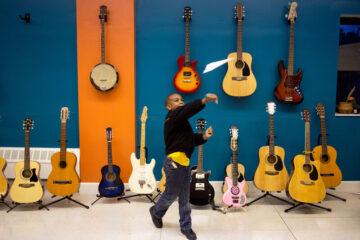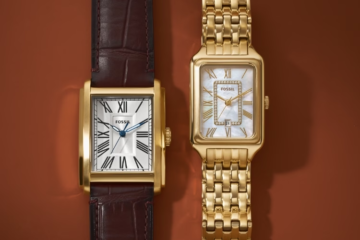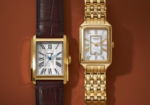The Origins Of The Tea Tradition In Australia

A constellation of interests and forces has affected the tea market in Australia. The tea industry’s evolution has profoundly influenced Australia’s cultural history. Discover the story behind the origins of the tea tradition in Australia. Also, learn about the differences between traditional high tea and working-class high tea, Cathy Zhang’s Ms. Cattea tea brand, and the social significance of smuggled tea. This is an exciting time for teapots australia!
Origins
As far back as the 1880s, the first settlers in Australia had a long-standing love for tea. The settlers were so used to drinking the beverage that they even stocked ships with large quantities. The tradition continued to grow as the population in Australia grew. Until 1859, tea was expensive to import from Asia, so tea makers sourced it from the UK, China, and India. However, the introduction of a new tea-making method in 1859 paved the way for broader tea culture in Australia. The new process allowed steeping tea leaves in boiling water instead of soaking them in water for several hours.
After the arrival of British settlersand teapots australia were filled, tea became an essential part of the culture and social life. Australians were the largest consumers of tea in the world before the 1800s. Before that, tea was imported from China and was known as ‘common green tea.’ In times of hardship, tea was often substituted with Australian tea vine or tree leaves. During these times, Australian tea was mainly consumed in a formal setting.
Differences between a working-class high tea and a traditional high tea
Traditionally, high tea was a luxury only afforded by the upper classes. The working classes were generally on a tighter budget, so afternoon tea was not something they could afford. They usually take their tea at around 6 pm or 7 pm, after a long day at work. A typical high tea menu consisted of mugs of tea and heavy dishes such as bread, cheese, vegetables, and occasionally meat. Higher-class families added pies and potatoes to their meals.
In the late 1800s, the working class also enjoyed high teas. The working class needed something more substantial than a sandwich for dinner to reward a day’s hard work. So instead, the working class would gather with family and friends for a meal of vegetables, bread, and pickles. Eventually, this became a more substantial meal and became known as high tea. In Australia, high teas are called dinner.
The social significance of smuggled tea
Smuggled tea is a product of the Dutch East Indies. The British began importing the plant in the early 1700s, but tea was heavily taxed in the United Kingdom. As a result, it became a luxury good, and tea smuggling paved the way for widespread consumption. The resulting trade imbalance with China made it a target for illicit traders. But today, tea smuggling has primarily been stopped.
Smuggled tea has a storied past. Australia was once a leading consumer of tea and rationed tea on occasions. During the 1950s and 1960s, tea was widely available in Australia. But tea was expensive, and many people decided to purchase smuggled tea as a political protest. Smuggled tea became familiar when the British Parliament passed the Tea Act of 1773. The Act reduced duties and allowed the East India Company to ship tea directly to the colonies. This resulted in lower prices for English tea in the territories.
Cathy Zhang’s tea brand Ms. Cattea
Cathy Zhang opened a tea shop in Sydney late last year, but her brand was launched several years earlier. Before that, she had been selling tea online. She is a professional judge at tea competitions, runs an annual tea expo in Sydney, and operates a traditional tea house in China. Zhang says her goal has always been to bring tea to more people, not just those who can afford it.
The Ms. Cattea Cafe in Sydney’s inner city is filled with shelves of teaware and beautiful teas. Among the teas available are lychee black loose-leaf and a 13-year-old oolong. Both are delicious, but there’s one variety in particular that she calls “insane flavor.”
Sydney Tea Festival
The Sydney Tea Festival is back! On Sunday, 18 August 2019, this annual event brings artisanal teas from around the world to Sydney’s Carriageworks. Along with the tea tasting, this event will also feature a new tea workshop and talks program. And if you haven’t been there before, take advantage of some of the unique features that are sure to impress. Here are just a few of these highlights:
Attendees can take part in tea workshops and master classes, as well as enjoy the lounge area. In addition to the hands-on sessions, the festival will also feature demonstrations and educational tastings. You’ll be given your very own teacup, a perfect size for different sampling types of tea. Plus, the festival also offers a variety of snack and tea-based products. You won’t be disappointed. Whether you’re a seasoned tea connoisseur or just a newbie, there’s something for everyone at the Sydney Tea Festival!










